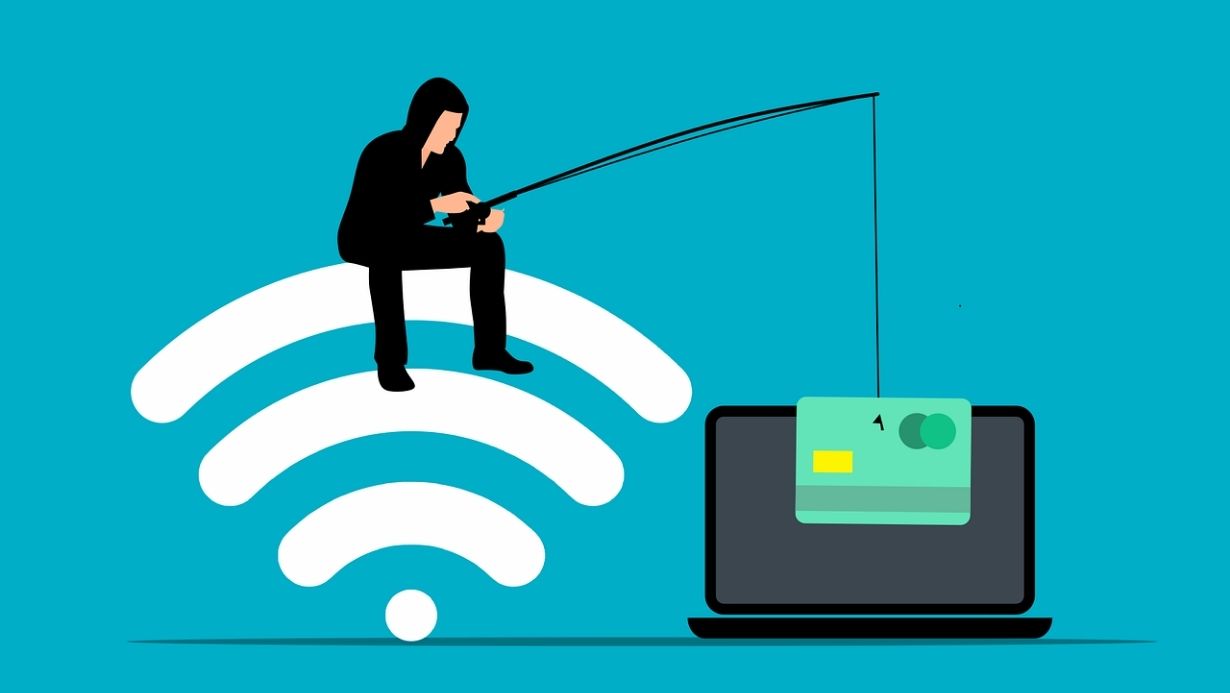
If you run a small business, then you will know that every cent counts. Sadly, entrepreneurs are often the target of financial scams, and the smaller the business, the more devastating it can be.
Big business can sometimes recover from a financial loss. Many even maintain their reputation if they are well-respected, but for smaller businesses, the financial, emotional, and reputational damage can be fatal.
The best protection is prevention, which means being able to spot these scams a mile off,ff but scammers’ methods are more sophisticated by the day.
Recognizing the red flags can help you avoid a whole world of trouble. So today we will talk you through their tactics and the proactive steps that small business owners can take to stay protected.
How to Recognize Common Types of Financial Scams
Often, you find scammers masquerading as trusted institutions, clients, and vendors. They can be quite convincing and tough to spot.

The best way to recognize a financial scammer is to get familiar with the most common types of scams that they pull on small businesses.
Fake Orders: Billing & Invoice Scams
This scam relies on you having a busy day and routine processes.
Scammers posing as vendors will try to slip in a fake invoice in the hopes that it gets processed and paid without anyone noticing it. This highlights how important vigilance is.
BEC: Business Email Compromise
Another common angle of attack is via company emails. A scammer might spoof an email account, making it appear to have been sent by a trusted vendor or company CEO.
These emails often look legitimate but aim to extract payments or sensitive information.
Loans & Grants: Too Good to Be True
For a small business, the offer of a loan or grant is like a shiny lifeline, especially when times are tough.
Scammers will often shamelessly use this to their advantage to reel in their prey. Generally, these offers will require the applicant to share their banking details to receive the funds.
Some may even ask for a processing fee to be paid upfront.
Red Flags for Scam Recognition
If you know what to look out for, you have a better chance of steering clear of a scam, so here are the red flags that signal that something dubious is going on.
Urgent Action Required
Scammers like to add pressure to a situation in the hopes you will drop your guard and act with haste.
They often lean towards overdue invoices and create a sense of urgency, saying Act now or incur penalties. The hope is that you will do as you are told to prevent the situation from worsening.
Trusted institutions will typically give a grace period even in these sorts of circumstances and rarely demand snap financial decisions.
Obscure Payments
Trusted institutions use trusted, secure, verifiable payment methods. So, any requests to wire transfer or use a cryptocurrency platform should be treated as a red flag.
These obscure payment methods are harder to trace, which is why scammers prefer them.
Unprofessional Content Clues
Professional communication is professional, so check the content itself and consider the following suspicious:
- Too many typos
- Unnatural or awkward language
- Grammar and syntax errors
- Non-business domain email addresses
Habits That Help Protect Your Business
According to the FTC, losses from financial scams and fraud in 2024 rose by 25% from the year prior.
This will only continue to rise as scams become more sophisticated. Protection is clearly needed, and the best protection is prevention.
With a few habits in place in your operations, you can help prevent some of these scams from slipping through the cracks. Let’s discuss.
Always Verify
All invoices should be double-checked to verify that the product or service was used or requested. Even if it appears sent from a regular vendor, you should call using your usual contact number instead of responding to the “suspicious” email to double-check any doubts.
Team Training
It is important for everyone on your team to understand scam types and how to spot them, the methods commonly being used, and the right practices.
Vigilance is your biggest weapon, but you are only as vigilant as the least vigilant team member. So, hold regular training and discuss cybersecurity in the workplace to build a culture of awareness.
Tech to Leverage
There are also digital tools and online practices that can help tighten security. Multi-factor authentication makes it harder to gain unauthorized access, as do strong passwords and secure file-sharing platforms.
If your teams are accessing remotely, then a premium VPN service can help keep sensitive data encrypted, preventing interception over unsecured networks.
What to Do If You Think You Are Being Scammed
Sometimes, regardless of how cautious or careful you are, something suspicious might find its way to you. So it is crucial to know how to act if that is the case.
Cut-off Communication
Trust your gut; if an email doesn’t sit right, then do not respond.
Even if it appears to be from a client or vendor, pause, think, and contact them directly through a trusted means of communication.
Always Report
If you have made the mistake of sharing information you shouldn’t have, then immediately notify your bank. Report the scam to the Federal Trade Commission (FTC). You can also report them to your email service provider.
Perform A Security Review
Following a potential security breach, you should review the situation and adjust your security protocols to prevent the same from happening.
Change your access passwords, review your user permissions, and take the opportunity to educate and reinforce with team members.
Conclusion: Informed & Empowered
As we continue to operate digitally, scammers will continue trying their luck.
The best defense is educating yourself and your teams on what to be wary of.
With vigilance, you can keep an eye out for suspicious communications and prevent the worst from happening.
Reducing the risk boils down to operating your small business with best practices and forming habits that help you keep one step ahead.